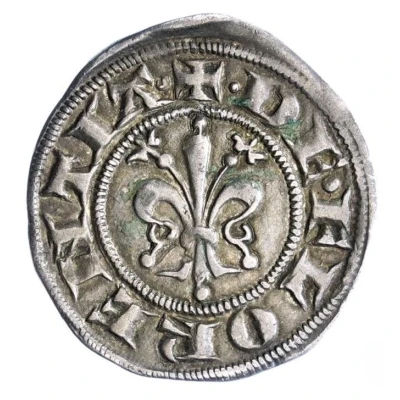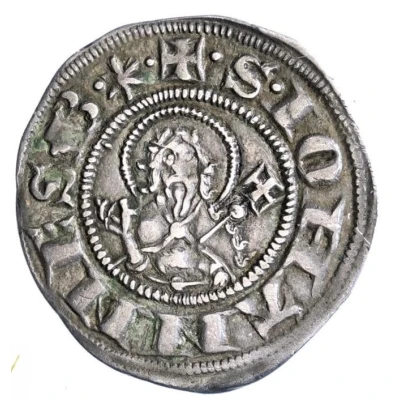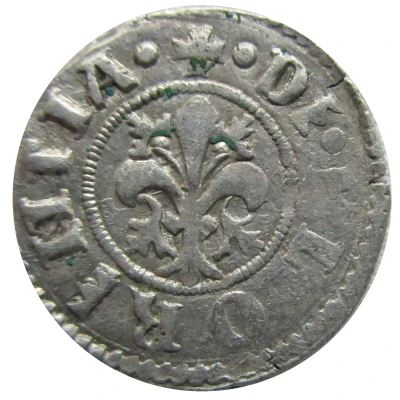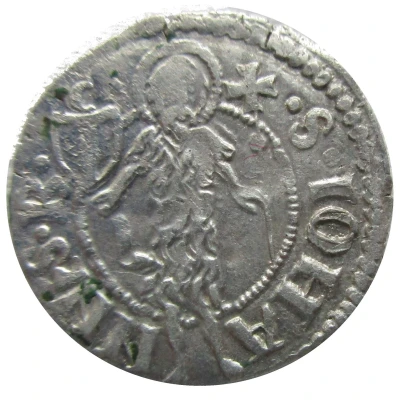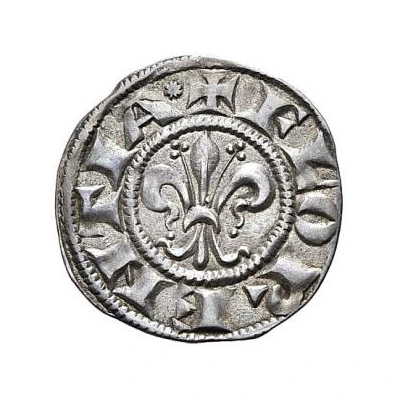
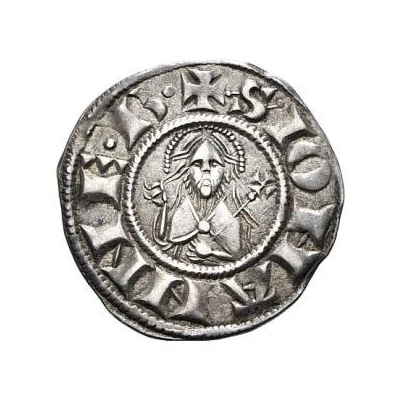

© simoneo80
Fiorino Vecchio of 12 denari ND
| Silver (.906) | 1.73 g | 20 mm |
| Issuer | Republic of Florence (Italian States) |
|---|---|
| Period | Republic of Florence (1115-1532) |
| Type | Standard circulation coin |
| Years | 1230-1260 |
| Value | 12 Denari (1⁄20) |
| Currency | Fiorino (1115-1532) |
| Composition | Silver (.906) |
| Weight | 1.73 g |
| Diameter | 20 mm |
| Shape | Round (irregular) |
| Technique | Hammered |
| Demonetized | Yes |
| Updated | 2024-10-05 |
| Numista | N#74703 |
|---|---|
| Rarity index | 91% |
Reverse
Saint John is shown from the waist up, with beaded halo, his right hand raised in blessing, with left hand holding an staff with cross leaning on the shoulder. All within beaded circle
Script: Latin
Lettering: ✠ S'IOHANNE • B •
Unabridged legend: Sanctus Johannes Baptista
Translation: Saint John the Baptist
Comment
Several subtypes have been identified in the literature.MIR 34 (CNI 1, 2 "Group 1") 1230-1237. Mass normally 1.7 - 1.8 g.
Obverse legend ✠ • FLOR ENTIA •
Reverse legend ✠ • IOHANNES • B • Saint John's bust is wide, and his halo appears linear or nearly so (not beaded)
© Numismatica Varesi
MIR 35 (CNI 3-7, "Group 2") Mass usually 1.7 - 1.8 g.
Obverse legend ✠ FLOR ENTIA • (variants in puntuation exist)
Reverse legend ✠ IOHANNES • B • (variants in punctuation exist). Saint John's bust is similar to above, and his halo is beaded.
© Numismatica Varesi
MIR 36 (CNI 8-9, "Group 3") 1250-1256 Mass usually 1.7 - 1.8 gr.
Obverse legend ✠ FLOR ENTIA •
Reverse legend ✠ IOHANNES • B • Saint John's bust is slightly narrower, his hair is longer on right, and trefoil in field at right
© Numismatica Ars
MIR 37 - 38 (CNI 12-18 "Groups 5-7) Mass is normally 1.5 - 1.7 gr.
Obverse legend ends with star.
Reverse legend ✠ 'S'IOHANNE • B • Saint John has long hair, field to right is empty except for staff and cross
(Main photos)
Interesting fact
One interesting fact about the Fiorino Vecchio coin is that it was used as a standardized form of currency across the Italian States during the 13th century, promoting trade and commerce across the region.
